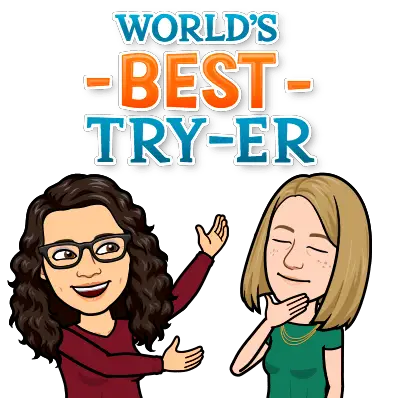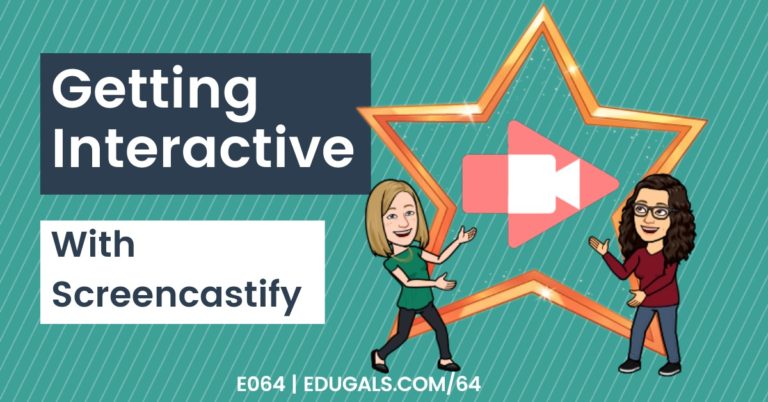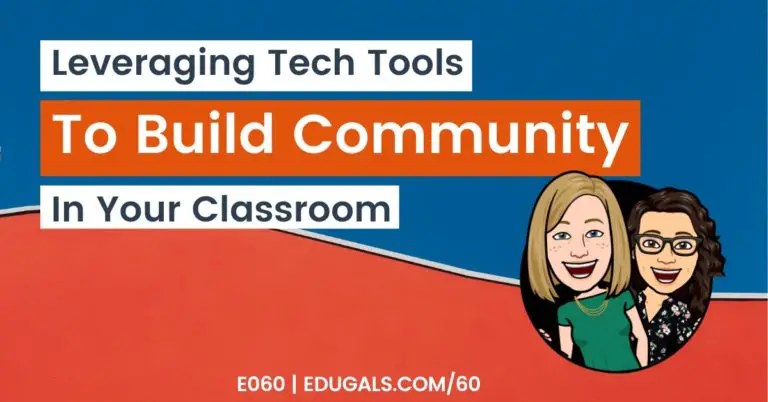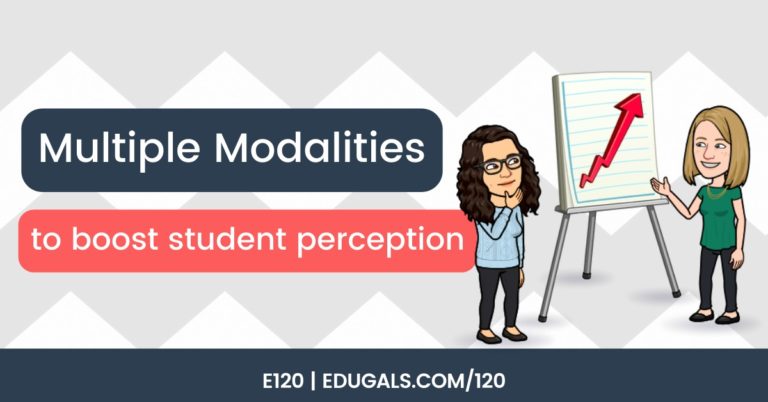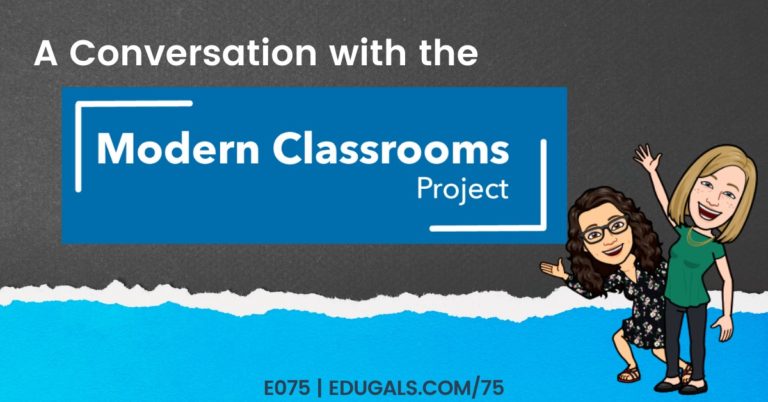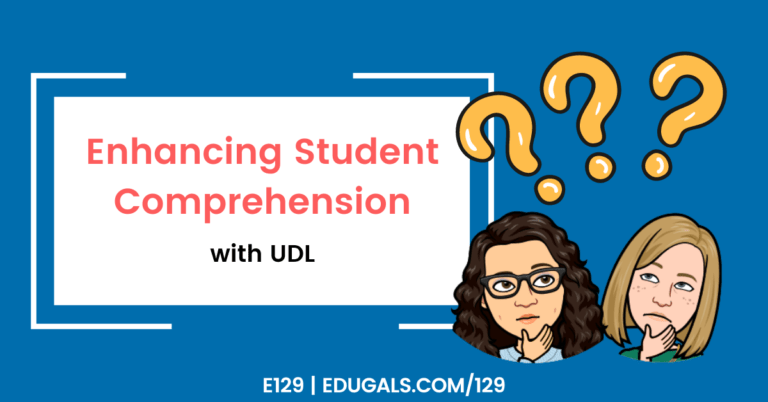[podcast_subscribe id=”7428″]
In this episode, we are exploring what students are doing during asynchronous learning time. We will also chat about reality vs ideal world, disengaged learnings, and more.
If you like what you hear, share this episode with a colleague or friend, and make sure you subscribe so that you don’t miss out on any new content! If you are able, consider supporting the show by buying us a coffee!
We would love to hear from you – leave a comment here, OR check out our FLIPGRID!
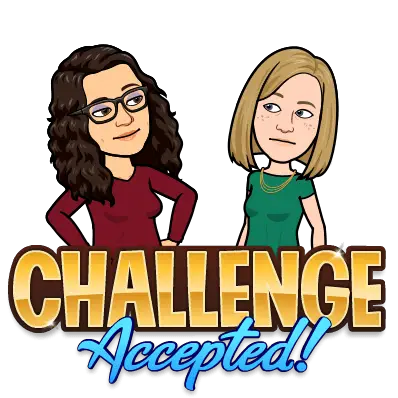
Show Notes
This week, we are talking all about the reality of asynchronous learning during this year’s hybrid/remote learning environment here in Ontario. We will also share what this time could look like in an ideal world. We want to give a shout out to @DougPete and @Stephen_Hurley for the inspiration to record this episode. In one of their shows, they referenced one of our episodes, and asked some pretty great questions surrounding this asynchronous learning time.
We recognize that this year is not an ideal situation, and that educators like ourselves are making the most of a crappy situation, so as we get into these conversations, we really are aware that everyone is doing what they can.
Asynchronous Learning in an Ideal World
We could sit here and list off all of the things that aren’t working right now, but we recognize that the more important conversations should be centred around how to make things work, and how to make the most of this shift in education that we have experienced because of covid-19.
With that in mind, we are going to share some features of asynchronous learning that may be found in an ideal world.
Balance between synchronous and asynchronous
Right now, there is way too much synchronous learning in Ontario. The province has set out definitions and requirements that have to be met. While perhaps it was well intentioned, the reality is that the synchronous time requirements are far too high for effective learning.
A lot of student learning and engagement is typically achieved in the asynchronous time, when students are able to actually sit down and work through the lessons and tasks. It is how they process and practice new material that allows students to truly engage and further their learning. Don’t get us wrong, there is a place for teacher-led lessons, however there needs to be an effective balance between synchronous and asynchronous learning.
All Students are Engaged
In an ideal or perfect world all of our students are loving class, completing all of their work, engaging is class discussions, etc. As we all know, this isn’t typically the reality of teaching. Now insert a pandemic, and the stressors, family demands, fears, anxiety, etc. that come with that, and you have a recipe for potential disaster.
Student engagement is still always our goal. In a world of hybrid learning, this engagement is going to look different. And to top it off, the learning skills required for asynchronous learning are crucial for student success. Not all of our students thrive in this type of learning environment.
In an ideal world, all students would be ready and able to succeed in this environment. In the meantime, just keep trying to find ways to keep students interested, to keep them motivated and accountable, and support them as you are able. This is a different format than we are all used to, so it’s going to take a bit of time for everyone to figure it out, build the skills, and adapt to our new learning environment.
Different Expectations
Asynchronous learning this year is far different than in a typical or normal, pandemic-free year. As such, we need to have different expectations as to how our students engage, and how we structure our lessons. We can’t just assume that all students are able to complete the work in the time that you have set aside for their asynchronous learning.
We don’t know what’s going on in the homes of our students – perhaps their internet isn’t reliable, they have a job (or two) that they work to help support their family, or they have responsibilities to help support at home. These could all complicate our students’ ability to engage and complete work in a more unstructured, or independent learning block, such as asynchronous learning.
Our expectations need to shift, and we need to help guide our students so that they understand what the expectations are, and how they can be successful.
Flexibility in the School Day
With this pandemic, schooling has changed quite a bit. As we continue, even beyond this year, flexibility is very likely going to become an important aspect of each and every one of our courses.
Asynchronous learning needs to allow for some flexible timing, activities, etc. We need to trust our students to take ownership of their learning as well. Giving different options to demonstrate learning, as well as a little more flexibility in timing and due dates, can go a long way for many of our students.
Learning Skills
Even if our students haven’t been totally successful in developing effective learning skills to prepare them for this year, all of our students have had to do some learning and developing this year. Educators need to continue to foster growth in learning skills, explicitly modelling and teaching students how to build these skills.
These learning skills lessons are going to help our students beyond high school, so taking the time to support them as we navigate a new world of teaching and learning is so important.
Self-Paced and/or Master-Based Learning
Before we dive in here, self-paced does NOT mean no pace. This type of class structure allows students to work through the course, assignments, etc. as they are able. It gives students time frames, and suggested deadlines, but allows for flexibility based on what’s happening at the time, strengths, weaknesses, etc. It allows students to take ownership of their learning.
It’s also important to explicitly teach and model what this looks like for students. Many of our students have no idea what self-paced means, or how to manage their time. This is a great opportunity to build in lessons and structure to help students build the skills needed to self-regulate and manage their own time. It goes right back to learning skills, and how they can support all of our learners.
Modern Classrooms Project is great for this idea of self-paced learning. They suggest pacing trackers, mastery-based grading, and more. Be sure to check it out to learn more!
Stay Connected during Asynchronous Learning
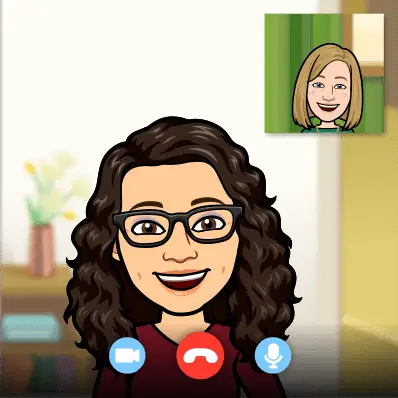
Some students struggle to stay on task and complete work when faced with a large block of time without their teacher. One thing that works for some students is to let them stay connected on a Google Meet (or whatever video conferencing platform that you use). This way, they know that they can ask questions, and the teacher can also do some check-ins to see if students have questions, or if they are able to complete the class activities.
It conflicts with the idea of traditional asynchronous, but still gives students the flexibility and comfort of knowing that their teacher is there in case they need help.
Strategies to Know What Students Are Doing During Asynchronous Learning
Shared Docs/Google Workspace
As soon as students start working, have them immediately share their doc, slides, etc. This way, students are aware that you can check in on their progress. It helps them to stay on track and complete the work.
Google Workspace has collaboration built right into their apps. This helps teachers to easily track progress during asynchronous learning time, to leave comments or feedback, and to keep students on track.
Hyperdocs
‘Another way of more easily tracking progress during asynchronous learning time is through the use of hyperdocs for lessons. Hyperdocs typically include an Explore, Explain & Extend sections to the lesson. There are areas for students to share their learning, reflections, questions, etc. and then places, like Padlet, to show their learning/work.
This is an easy way to see who is doing the work, and who hasn’t even started yet. This way you, as an educator, can be more proactive in reaching out to students that are struggling to engage and complete work during these blocks of time.
Screencastify
Screencastify is an amazing tool to leverage during asynchronous learning time. For student check ins, you could have students walk you through an assignment, task, or something that they have completed to share their process, thinking, etc. during that asynchronous learning time. Screencastify Submit is perfect, too, as students do not require accounts.
Reflecting on learning also is a great way for English Language Learners (ELLs) to share their thought process in English. Many ELLs will know how to do something, but to have to walk you through their process, in their own words, will have some really positive affects on their English speaking, and language development in general.
One example: Give the students a problem, and have students record themselves walking you through their thinking process as they approach that question, without actually solving the problem. This could be difficult, so consider modelling this for your students first! Hearing teachers walk through this style of activity or task is helpful for all learners, and helps them to better understand what you are asking them to do.
Another idea: pull out a marked word problem from a previous year, etc. and have them record themselves as they walk through the word problem, and how the student went wrong, how to correct it, etc. This helps students recognize common errors, and become more aware of it so that they hopefully avoid it for themselves. It also allows them to share their thinking, which can be challenging for many.
Google Forms
One great way to check in on student progress, consider using Google Forms for exit tickets or check in forms. This could be used with EdPuzzle or other tools where your Board or District has not allowed you to track student progress. You could simply have students submit a picture or screenshot of the completed activity on an app in an Google Form.
The great thing about using Google Forms is that it allows you to figure out who has completed the asynchronous work for that day, and who needs a bit more support. It’s a great way to stay on top of student progress, and allow you to be proactive in supporting those that are falling behind.
Our Biggest Takeaway
Asynchronous learning is going to look different in each and every classroom. Every subject area has different needs, and every student is so different, so there can’t be a single way of structuring this time in a course. Take the time to get to know your students, and figure out what works best for them, and for you.
It always comes back to relationship building. Many students are much more likely to engage and complete work if they know that their teacher cares about them. These positive relationships will support student engagement and buy-in with asynchronous learning.
